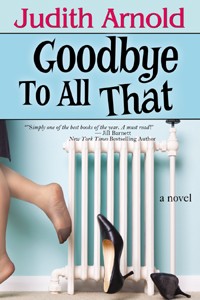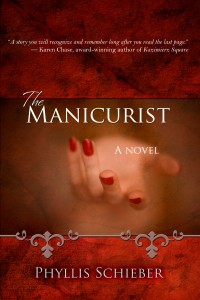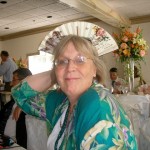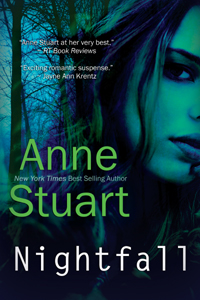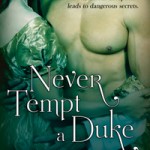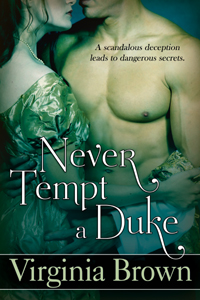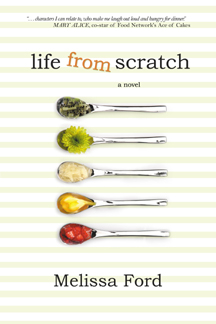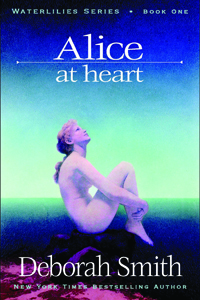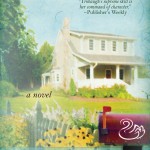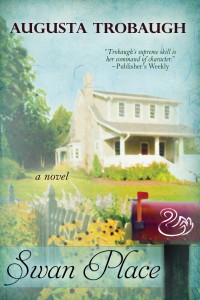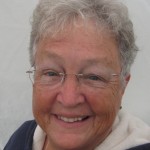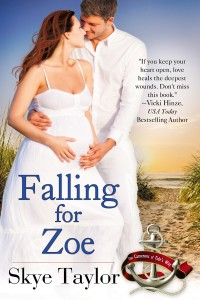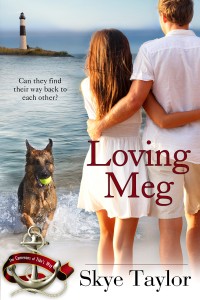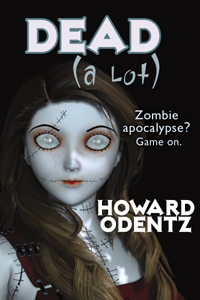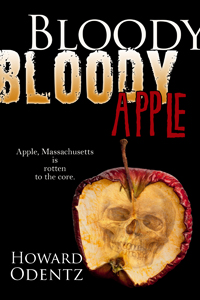by Judith Arnold
A few years ago, a woman in my circle announced that she and her husband of many years were separating. Nothing permanent, she assured us. They were going to sell their house, rent two apartments, and reevaluate in a year. They still loved each other; they just wanted to live apart for a while.
The predominant reaction among my friends was…envy.
Mind you, we’re all in solid, long-term marriages. We love our husbands. Yet every woman I spoke to expressed the wish that she could do what my friend was doing.
I remembered my mother’s envy when my sister graduated from college and took an apartment in Manhattan. To call this apartment small would be charitable. I’ve seen bigger closets. But it was hers and hers alone, and my mother—who at that time lived in a comfortable seven-room house and had been married to my father for about twenty-five years—said, “This is my dream! An apartment like this, all to myself!” My father died some months after their sixtieth anniversary, and though she misses him, my mother now has—and loves—a cozy little apartment all to herself.
When you’re a novelist, you can make your dreams come true on paper, if not in real life. The dream my friend was living with her husband in their his-and-hers apartments seemed like a great premise for a novel. Thus was born Goodbye to All That. When female acquaintances of a certain age asked me what I was working on, I’d describe the book to them and they’d sigh and say, “Oh, I wish I could do that!”
The romance novels I’ve written explore the joys and emotional risks of falling in love. But for many women, after we’ve done the falling-in-love thing, the ’til-death-do-us-part thing, the happily-ever-after thing, routine sets in. We spend our days doing whatever needs doing that no one else wants to do. We make sure the kids have their school lunches with them. We remember the doctor appointments and the music lessons. We run the laundry, stock the refrigerator, and get the car to the shop for servicing, because if we don’t do it, it won’t get done. We do, do, do for everyone else.
We take care of our families because we love them. But the notion of living only for ourselves, tending to our own needs before we tend to anyone else’s, is as exciting a fantasy as being swept off our feet by a sexy hero.
My husband and I will be celebrating our thirty-fifth anniversary this fall. I adore him. He still makes me laugh. He still makes me think. He’s still cute. But every now and then, I find myself thinking about Ruth Bendel, the family matriarch who one day says “goodbye to all that” in my novel and moves into her own apartment, just to see what it feels like to be in charge of the remote control, to sleep in the center of the bed, to answer to no one but herself. A woman can dream, can’t she?
Find what YOU really want in GOODBYE TO ALL THAT – an April Monthly Deal for only $1.99!!





